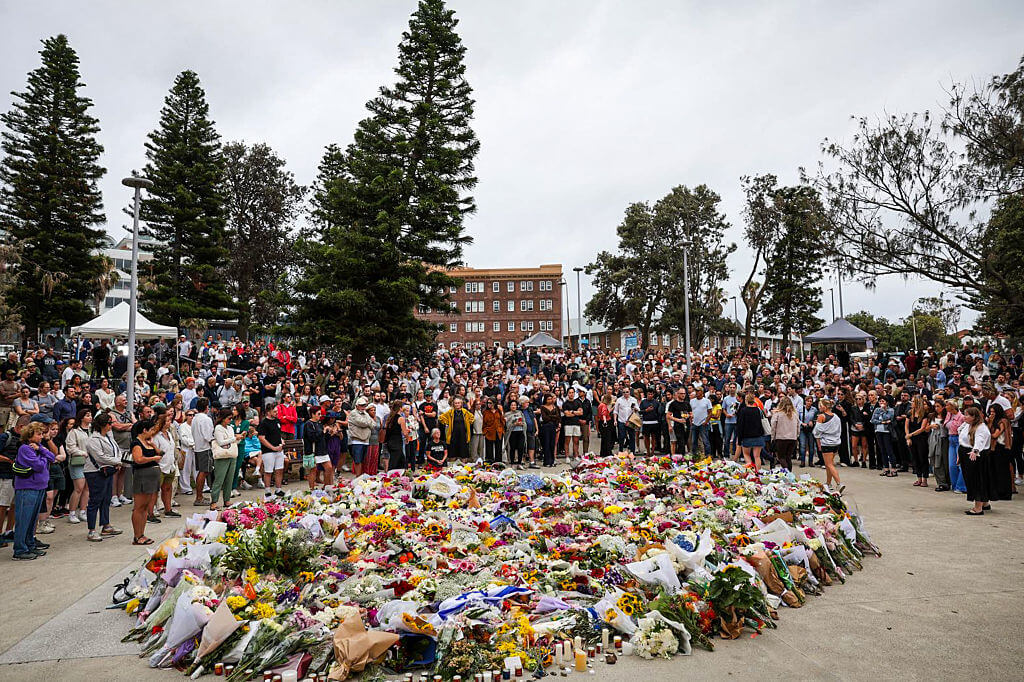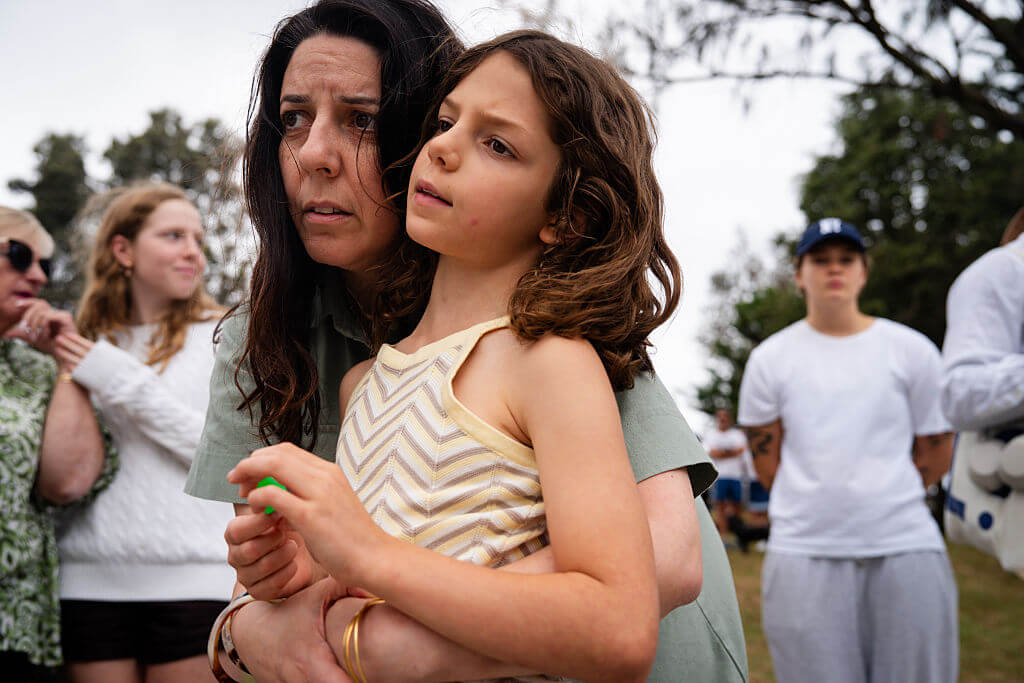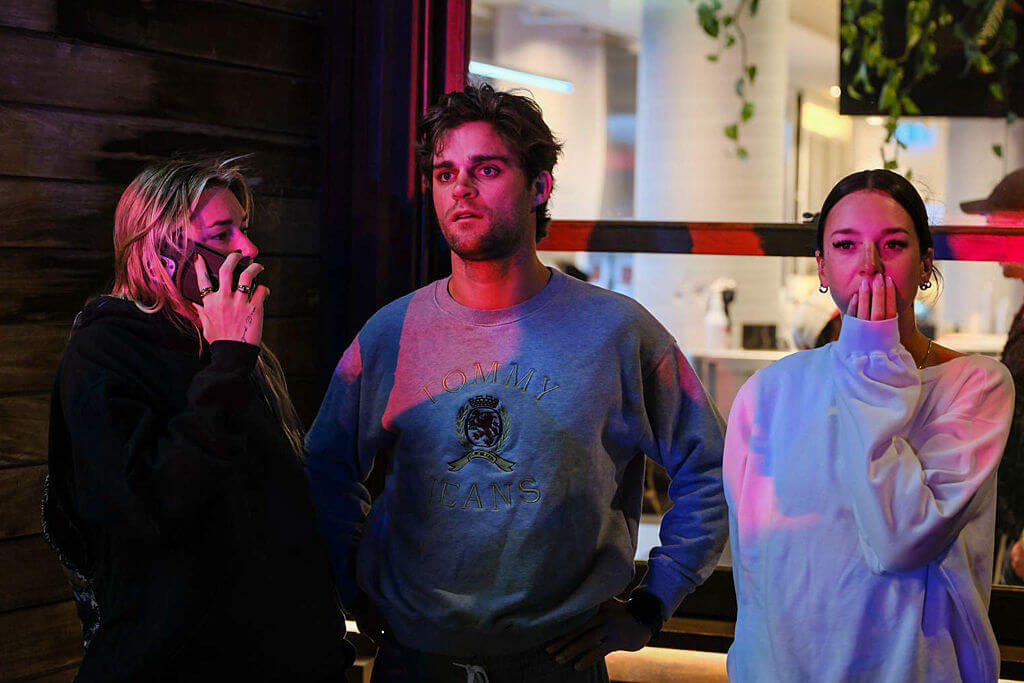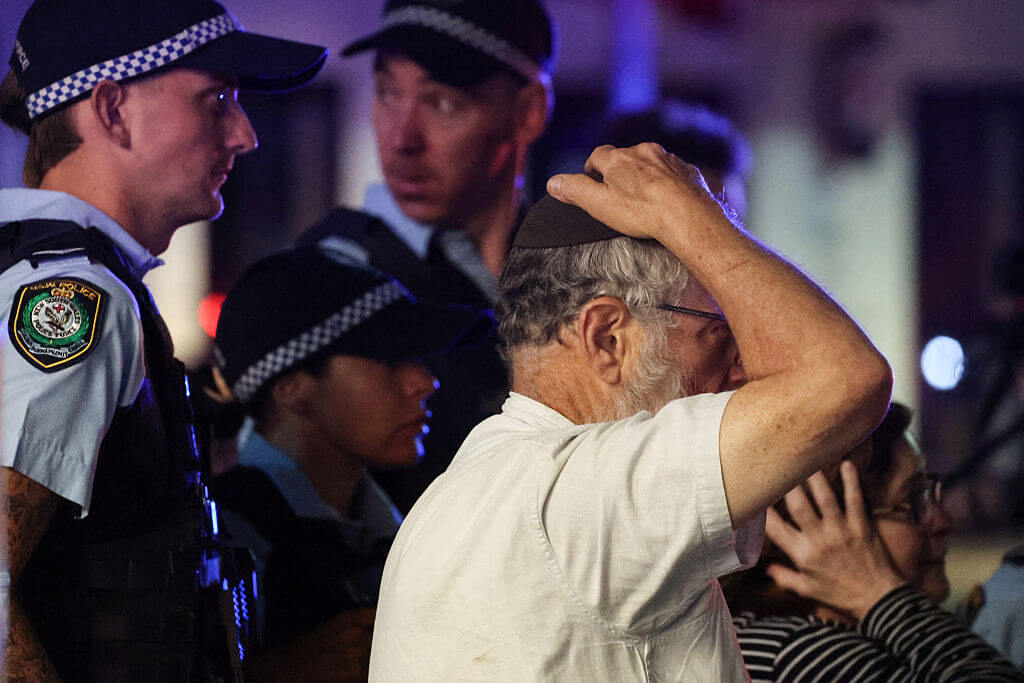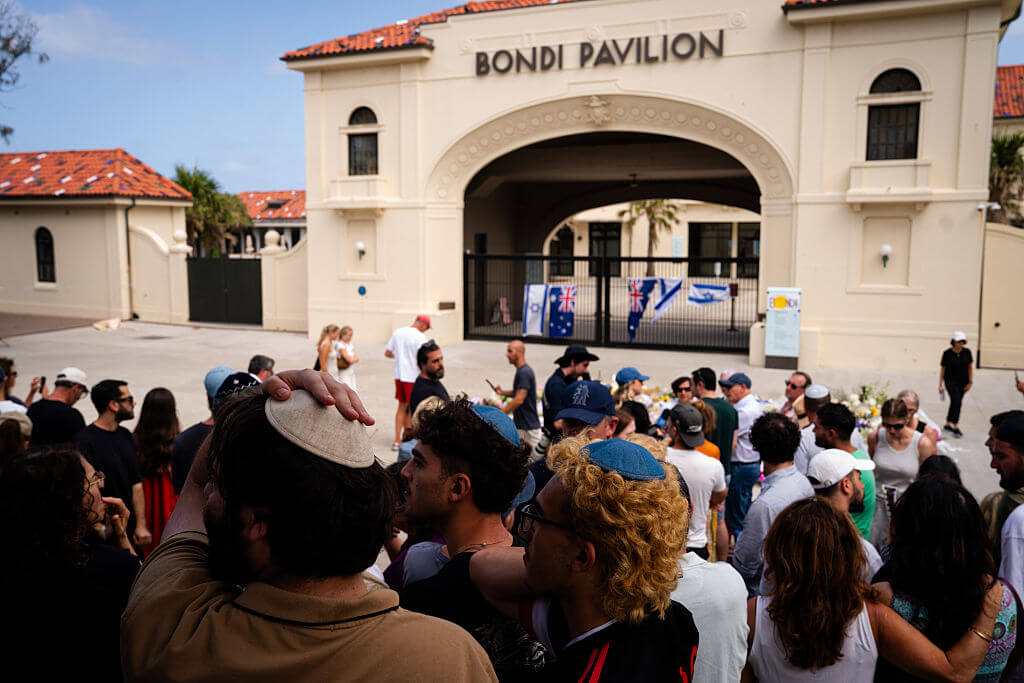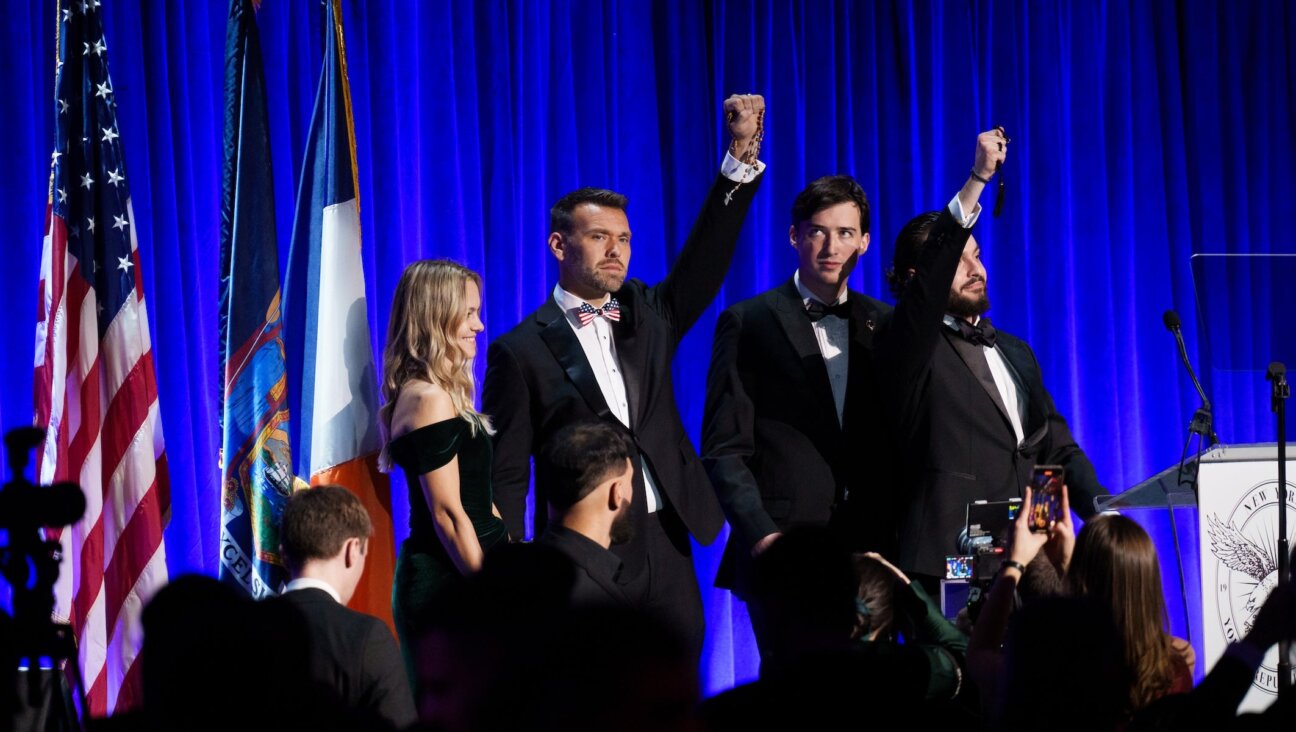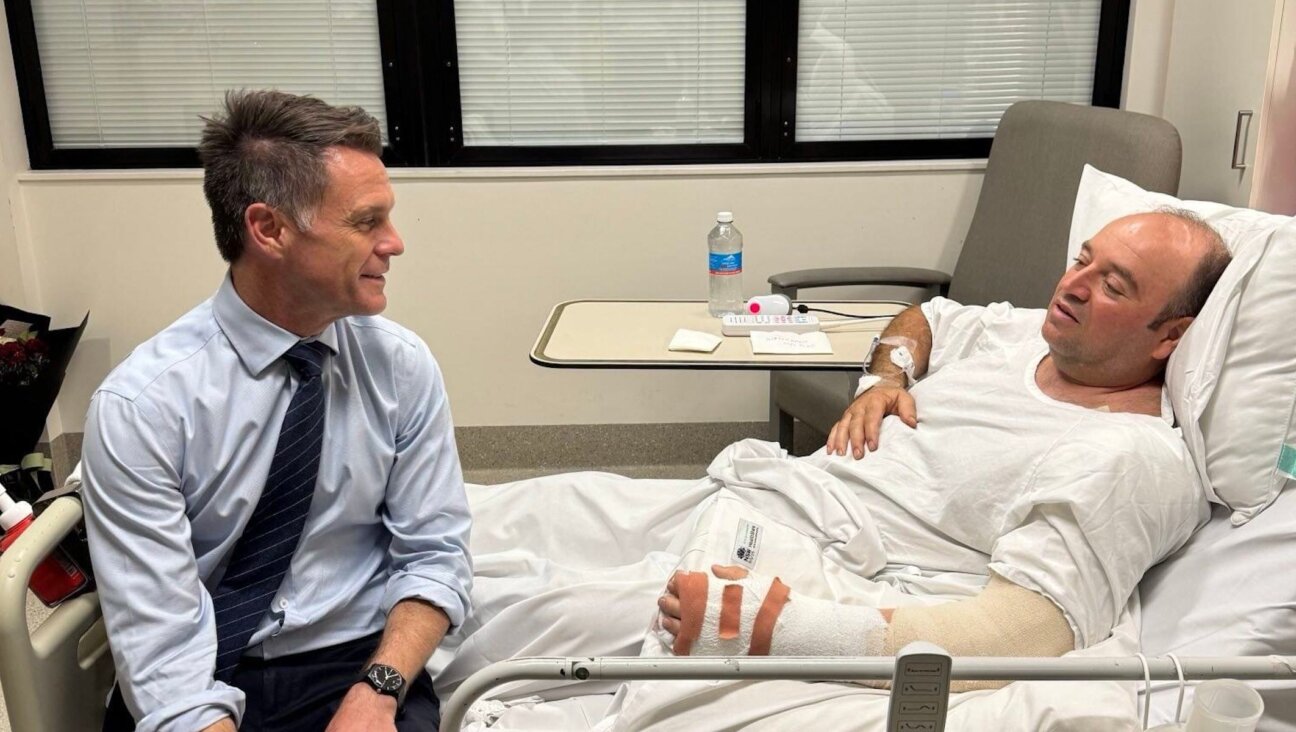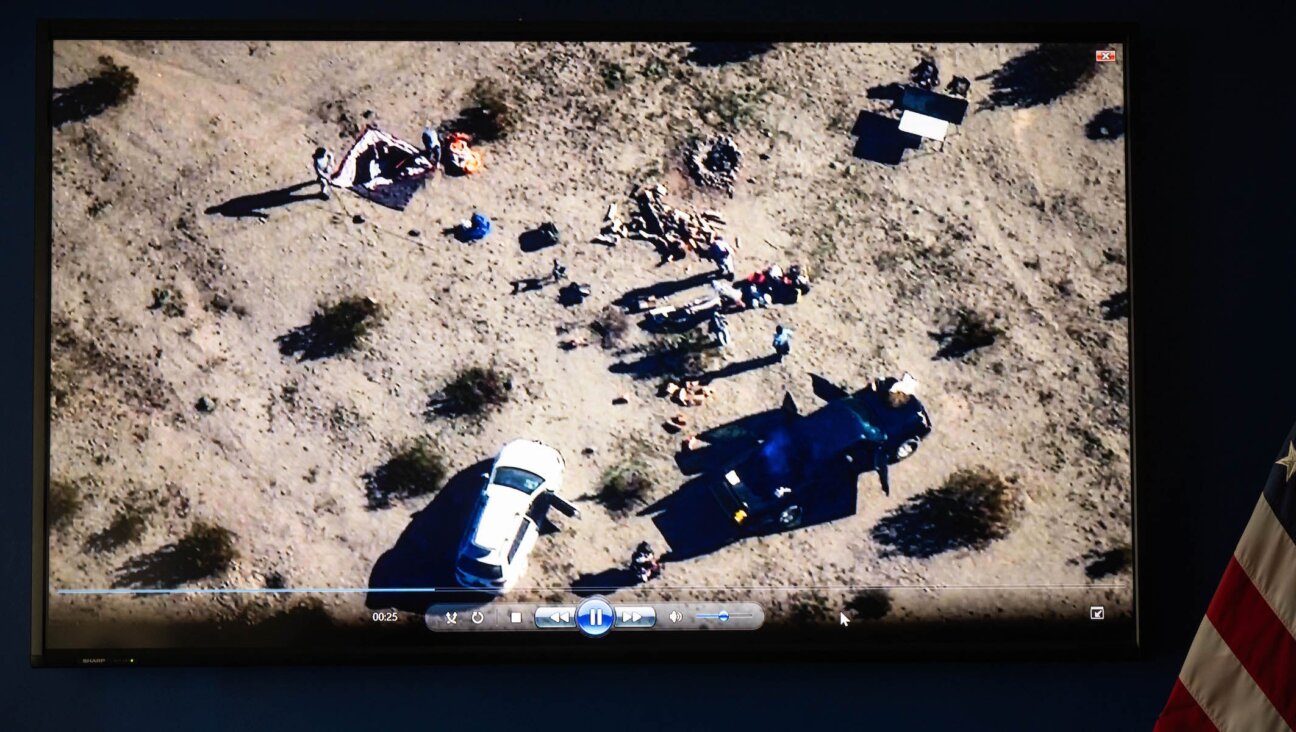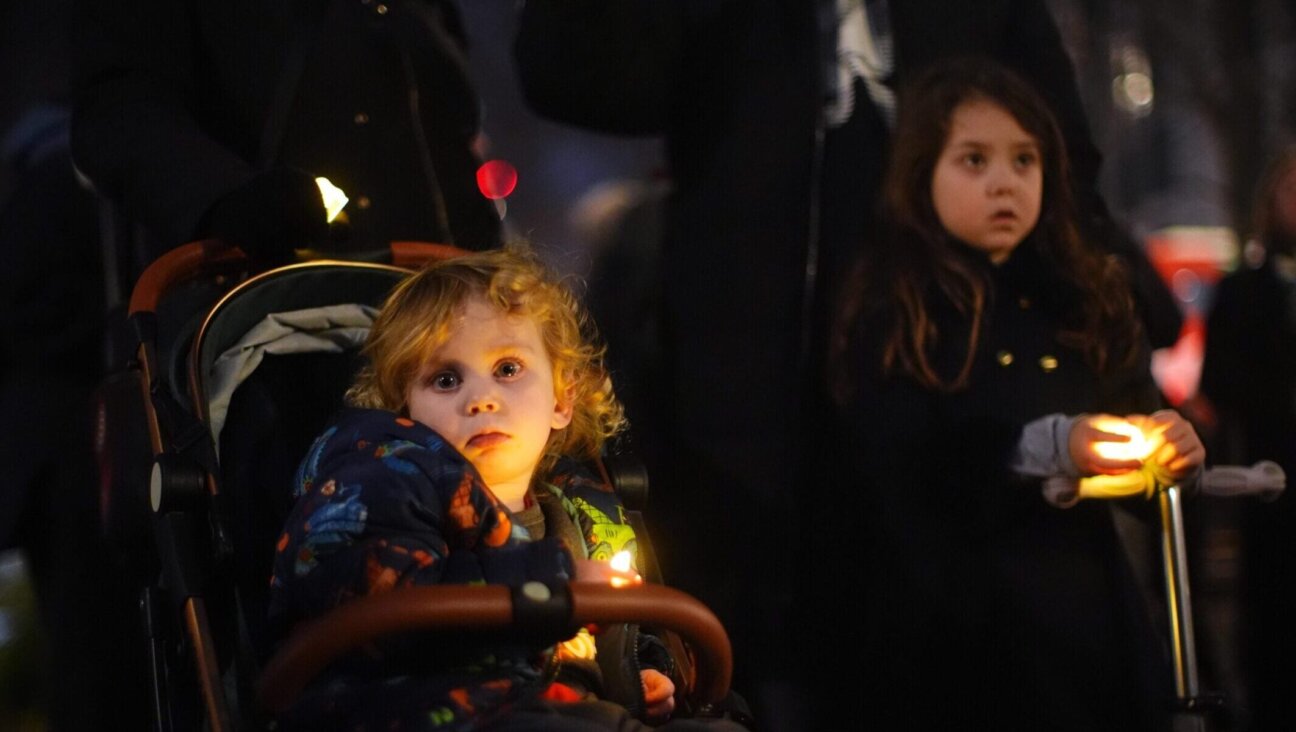In Rendering Unspeakable Atrocity, a Novelist Offers Shades of Gray
Those Who Save Us
By Jenna Blum
Harcourt, 482 pages. $24.
* * *|
Holocaust literature and film, in its frequently noble attempts to render unspeakable atrocity, has sometimes drawn its moral lines too easily between good and evil, victims and perpetrators. The danger of this kind of demarcation is that it tempts future generations into imagining the horror of the Holocaust as an isolated incident, belonging to a remote past peopled by heroes and monsters.
There are several notable exceptions to this tendency, including writer Primo Levi and filmmaker Roman Polanski, both of whom examine the unheroic qualities of survival, denying our need to crown moral victors. Jenna Blum, in her first novel “Those Who Save Us,” continues this tradition by depicting a German woman whose affair with a Nazi officer provides herself and her half-Jewish daughter the chance to survive the war.
Blum sets her narrative in two alternating locales: present-day Minneapolis and wartime Weimar. In the contemporary section, we meet Trudy Swenson, a middle-aged German history professor who lacks a sense of her own history. Since she was a child, Trudy has known that her mother’s American husband was not her real father. When she finds a photograph of herself, her mother Anna and a Nazi officer among her mother’s belongings, she assumes the worst. “Could Anna really be so morally bankrupt as to have solicited the liaison with the officer, enjoyed it, relished it?” she wonders.
All efforts to question her mother are greeted with stony silence, so Trudy tries to shed light on her past by volunteering to interview Germans who recollect their wartime experiences. But the more she exposes herself to difficult stories carrying the residue of raw pain and anger, the more she understands that at the heart of her project is a desperate need to clear herself of second-hand culpability.
It is to Blum’s credit that the novel does not focus on solving the mystery of the photograph. Instead, early on, we learn that as a young girl living with her politically opportunistic father, who invites SS officers home to appraise his marriageable daughter, Anna is illicitly drawn to Max, a Jewish doctor. When the SS pursues him, Anna hides Max in a secret staircase accessible through her bedroom closet. Spending as much time as possible with him in that confined space, Anna experiences the stirrings of first love and discovers that “her personal landscape has never been brighter nor her mental horizons wider.” But on the day the couple is to escape to Switzerland, Anna returns home to find that her father has turned Max over to the Gestapo, who transport him to the nearby Buchenwald concentration camp. The now-pregnant Anna is forced to take lodging at a bakery run by a cantankerous woman secretly working for the Resistance.
Anna begins to inhabit two lives — caring for her daughter and baking goods in the daytime, carrying food to a drop-off point near Buchenwald at night. When her partner is discovered and executed, she is forced to seduce the interrogating Obersturmführer in order to deflect suspicion from herself, acting with “a primitive cunning she didn’t know she possessed, an innate knowledge of an ancient system of barter.” Soon the officer becomes obsessed with his mistress and her young daughter, and Anna finds herself grateful for her provisional benefits and drawn to his sexual touch. In her depiction of this sporadic, shameful pleasure, Blum takes thematic risks, deepening the psychological complexity of the novel.
Yet “Those Who Save Us” suffers from instances of contrived plotting. Trudy’s ultimate confrontation with Anna rests on an implausible deus ex machina figure from Anna’s hometown. The same heavy-handed device is apparent in Trudy’s profession — she even teaches a course entitled “Women’s Roles in Nazi Germany.” Perhaps if the reiteration of the theme was less labored, there may have been more room to explore the relationship between Trudy and Anna, which never fully takes shape.
Instead, the significant weight of the novel falls upon the character of Anna, who occupies the gray area between hero and collaborator by risking her life to help concentration camp inmates while succumbing to the sexual appetites of their murderer. Blum’s novel implies that moral designations are inherently complicated, concluding that, “whether she is a hero or not is immaterial. Each person has this choice to make about how to live with the past, this dignity, this inviolable right.”
Yet even as we cannot help but think about people like Max, who did not live to make those choices, books like “Those Who Save Us” force us to confront the tragedy of the Holocaust by questioning our reliance on moral absolutes to explain human atrocities. Instead of processing the Holocaust as distant and faceless, we must perceive it as deeply relevant to the present day, permeated by very human instincts of guilt, terror, need and the pulsating will to survive.
Irina Reyn is an editor of the online magazine Killing the Buddha. Her book reviews appear regularly in the San Francisco Chronicle.
